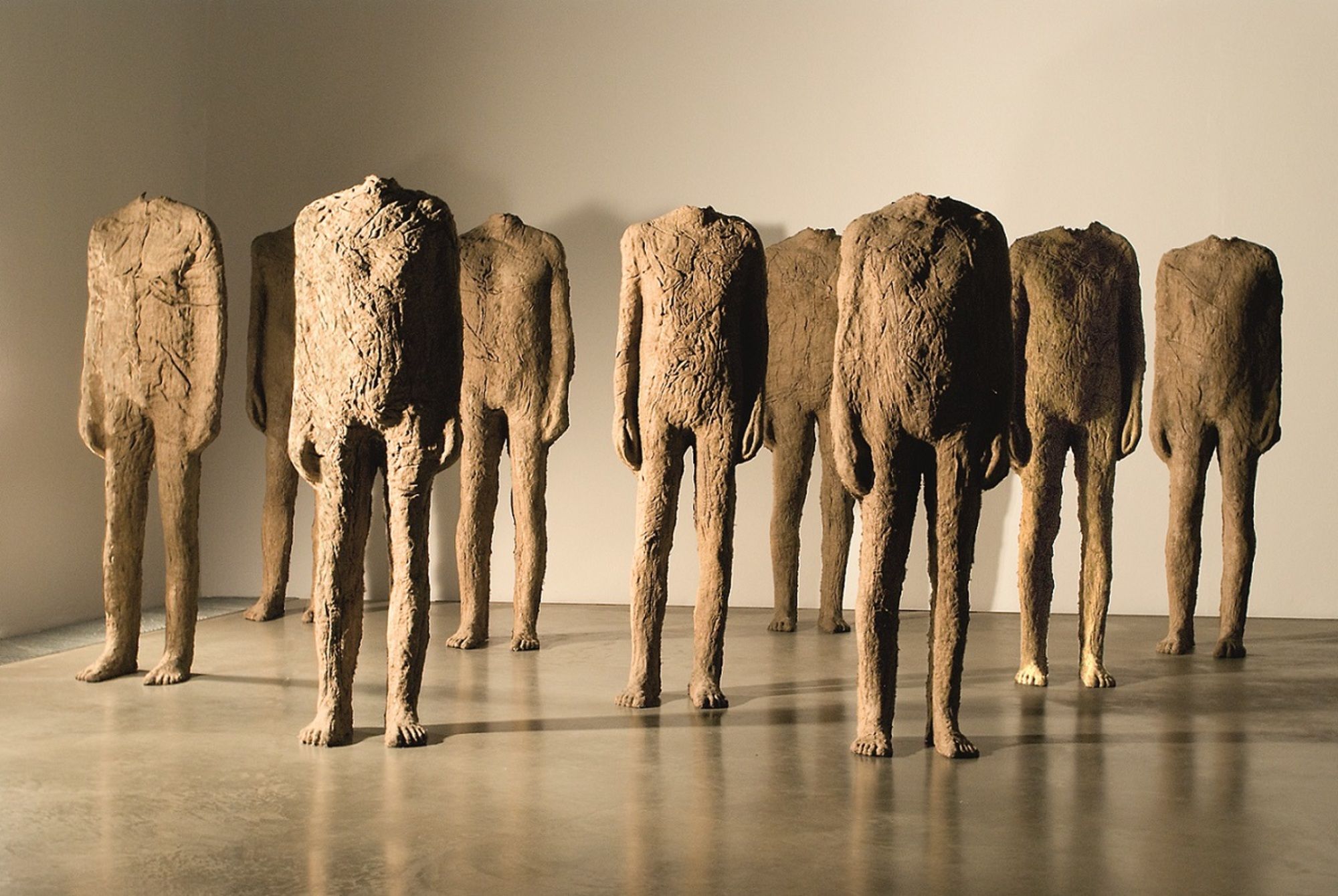Magdalena Abakanowicz: The Pioneer of Installation Art

“There is no tool between me and the material I use. I choose it with my hands. I shape it with my hands. My hands transmit my energy to it.”
Bojana Popović, art consultant and former Christie´s Post-War & Contemporary Art specialist, explains why she has recently become enthralled with Magdalena Abakanowicz (1930-2017), one of Poland’s most internationally acclaimed artists who will soon be celebrated in a major retrospective at the Tate Modern.
Magdalena Abakanowicz found success in the 1960s with her vast draping installations made of newfound fabrics which she named Abakans after herself. It was something very original at the time, she was a pioneer of what we now call “installation art”. These hand-woven and hand-dyed abstract works defied the socialist realism promoted by the Soviet Union. Works in fabric, by contrast to the state-approved painting style, came under little scrutiny, so she had considerable creative freedom.
In the 1970s Abakanowicz started delving into figuration. Working with burlap and resin, sometimes the only materials available in post-war Poland, she started using casts of real people to create these haunting visions of human suffering. The traumas she experienced during the Second World War left a resounding mark on her entire artistic practice. Working as a nurse’s aid during the war, she not only saw the physical destruction of Warsaw around her but also the physical and mental anguish it caused on her patients.
Abakanowicz’s works are powerful and often emotionally charged. It is almost impossible to stand before one of her figures and not feel its effect reverberate through you. She famously commented: “My forms are the skins I strip off myself one by one, marking the milestones along my road.” Over time, her figures would proliferate in bronze, stone, wood and clay, while invitations came to exhibit in museums and public spaces worldwide.
Her works over the past few years have finally received the recognition they deserve on an international scale. The auction record for the artist was made in 2019 with the first work by the artist to ever achieve over $1 million. It is a clear indicator of the continued strength of the artist’s market, particularly for her bronze works.